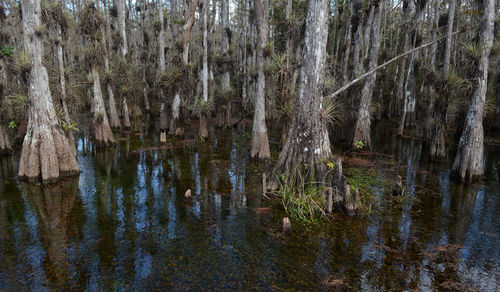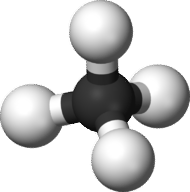
What exactly powers a car?
There was an old ad suggesting that you put a tiger in your tank was referring to the strength and speedof these wild cats. But it might also have been referring to the use of organic material to power an engine. When your tank is full of gas, it doesn't have a tiger in it, but it does have ancient plants, plankton, and other formerly living creatures.
Formation of Fossil Fuels
Can you name some fossils? How about dinosaur bones or dinosaur footprints? Animal skeletons, teeth, shells, coprolites (otherwise known as feces), or any other remains or traces from a living creature that becomes rock is a fossil.
The same processes that formed these fossils also created some of our most important energy resources, fossil fuels. Coal, oil, and natural gas are fossil fuels. Fossil fuels come from living matter starting about 500 million years ago. Millions of years ago, plants used energy from the Sun to form sugars, carbohydrates, and other energy-rich carbon compounds. As plants and animals died, their remains settled on the ground on land and in swamps, lakes, and seas (Figure below).

This wetland may look something like an ancient coal-forming swamp.
Over time, layer upon layer of these remains accumulated. Eventually, the layers were buried so deeply that they were crushed by an enormous mass of earth. The weight of this earth pressing down on these plant and animal remains created intense heatand pressure. After millions of years of heat and pressure, the material in these layers turned into chemicals called hydrocarbons (Figure below).

Hydrocarbons are made of carbon and hydrogen atoms. This molecule with one carbon and four hydrogen atoms is methane.
The solid form is what we know as coal. The liquid form is petroleum, or crude oil. Natural gas is the gaseous form.
The solar energy stored in fossil fuels is a rich source of energy. Although fossil fuels provide very high quality energy, they are non-renewable.
Summary
Hydrocarbons are molecules made of one carbon and four hydrogen atoms.
Ancient living organisms are buried quickly and altered by intense heat and pressure to form fossil fuels.

No comments:
Post a Comment